Our Moth Morning hosted by Philip Strickland was a great success. We had over 100 species and still counting. The rain did not deter the moths, because the temperature was high enough to make them active.

There were several traps set in different parts of Philip’s grounds. Philip is wilding his four-acre site near Maynooth with very encouraging results. The grounds contain a native hedge over 100 metres long, with hawthorn, Common Hazel, Common Holly, Spindle, and Common Blackthorn, among other native plants. His grassland habitat contains native grasses, especially Sweet Vernal grass, and flora such as Common Sorrel, Cuckooflower, Common Knapweed, and buttercup species. This unspoilt grassland teems with Orange-tip and Green-veined White in spring followed by Meadow Brown and Ringlet while shadier spots are the Speckled Wood zones. Small Tortoiseshell and Red Admiral use his nettles and a closer look might reveal Comma too. Philip’s incipient native woodland which contains Pedunculate Oak of Irish provenance will become an enormous asset to biodiversity as it matures.
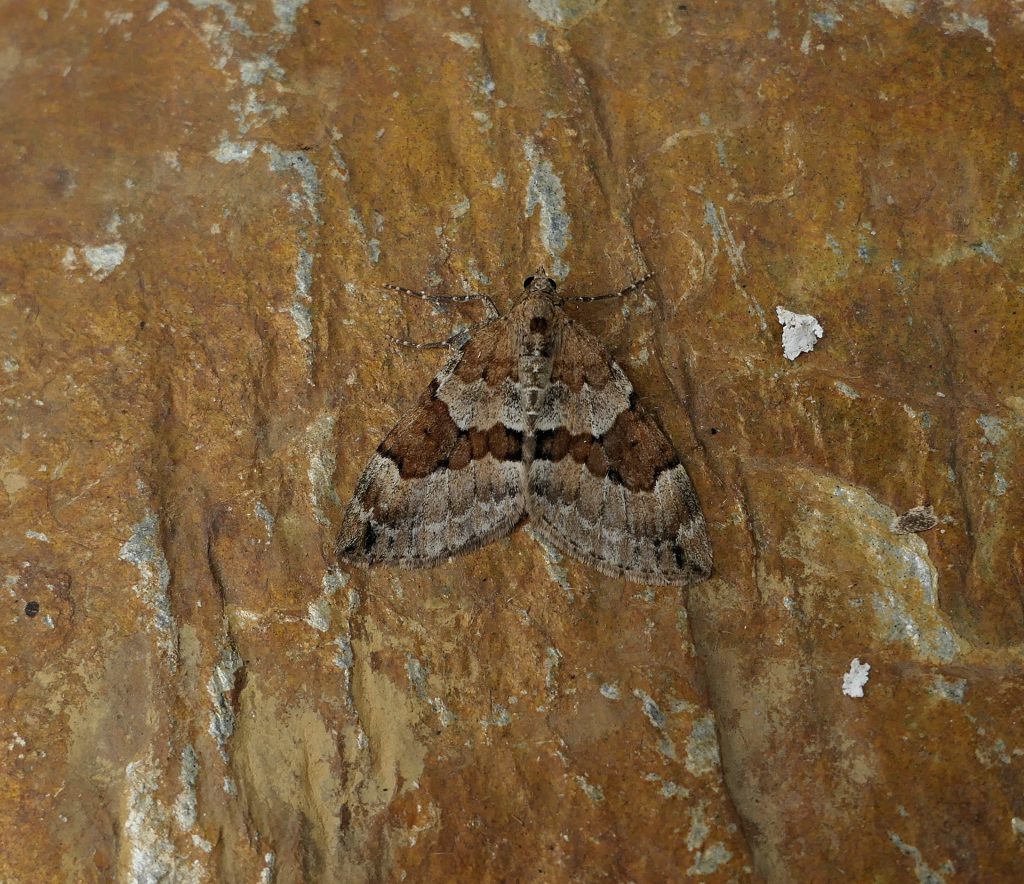
The grounds are managed in sympathy with nature. No chemicals are applied, and native plants are central to everything Philip is doing. The basic infrastructure of indigenous plants already in situ is being built upon by adding more and gradually removing non-native trees put there by the previous owners.
The results revealed by the moth count on Saturday 29 June underscore the importance of the native planting not only in the 109-plus species found but in the abundance of individuals and the range of habitats and breeding requirements represented. Tree-breeding species, grassland and scrubland breeders were present.
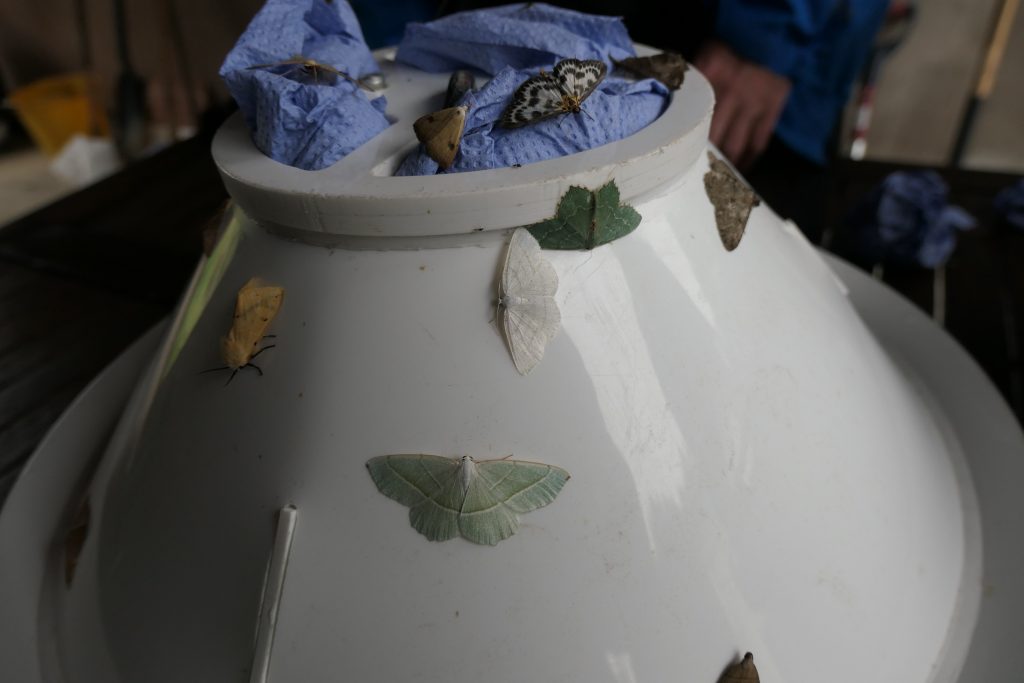
As I write, the micro-moths are still being identified which will push the total up. The colours, shapes and textures offered all of us great pleasure. Green, yellow, red, black, brown, white and various shades and combinations of these hues tantalised and delighted. It is reassuring in an epoch of mass extinction to witness high abundance. Hopeful too, for optimism is needed. Everything cannot be bleak. The simple measures Philip adopted afford vital resources to hard-pressed animals in an intensively farmed region but also pleasure and inspiration.
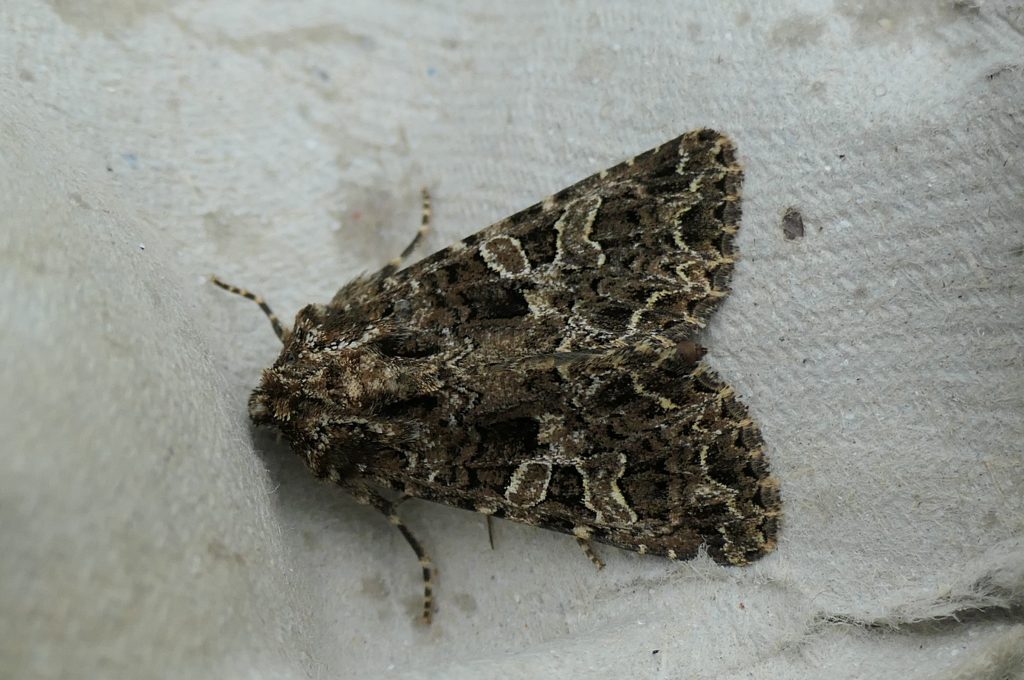
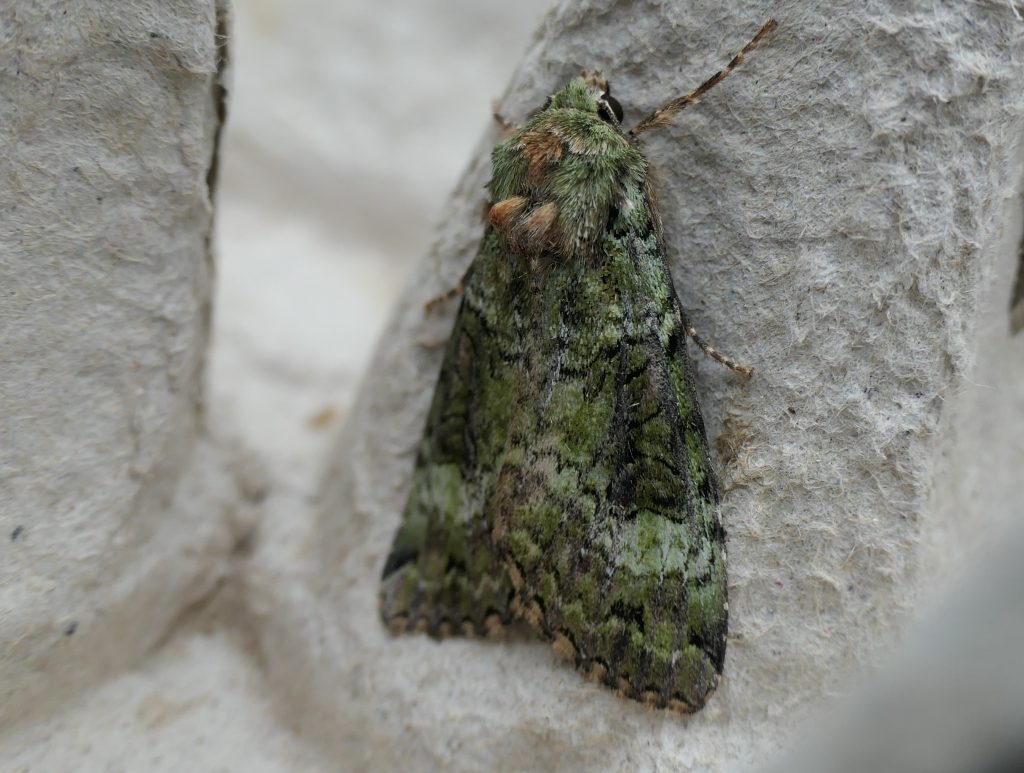
We viewed the moths under cover from the rain which made for comfort and greater attention. The bigger beasts on view included the Elephant Hawkmoth, Swallow-tailed Moth, Light Emerald, the Green, Light and Dark Arches and the Large Yellow Underwing. The medium-sized moths were in great abundance: Clouded Brindle, some quite fresh, Common Emerald, Common White Wave, the descriptively named Spectacle and Dark Spectacle, the sharply-dressed Cinnabar, elegantly gowned White Ermine and its less showy cousin, the Buff Ermine were all in attendance. The Straw Dot, a grassland breeder which hates nitrogen fertiliser, showed in high numbers. What a treat.

The excitement did not end there. Philip laid on a wonderful refreshment for us in his home. Conversation, frequently contentious and animated, flowed. Mothing is about people too!

On behalf of Butterfly Conservation Ireland, thank you Philip for allowing us to hold our event at your home. Thanks to everyone who made the morning so enjoyable. The experience was a real pleasure. Our only regret is that it was not much better supported.
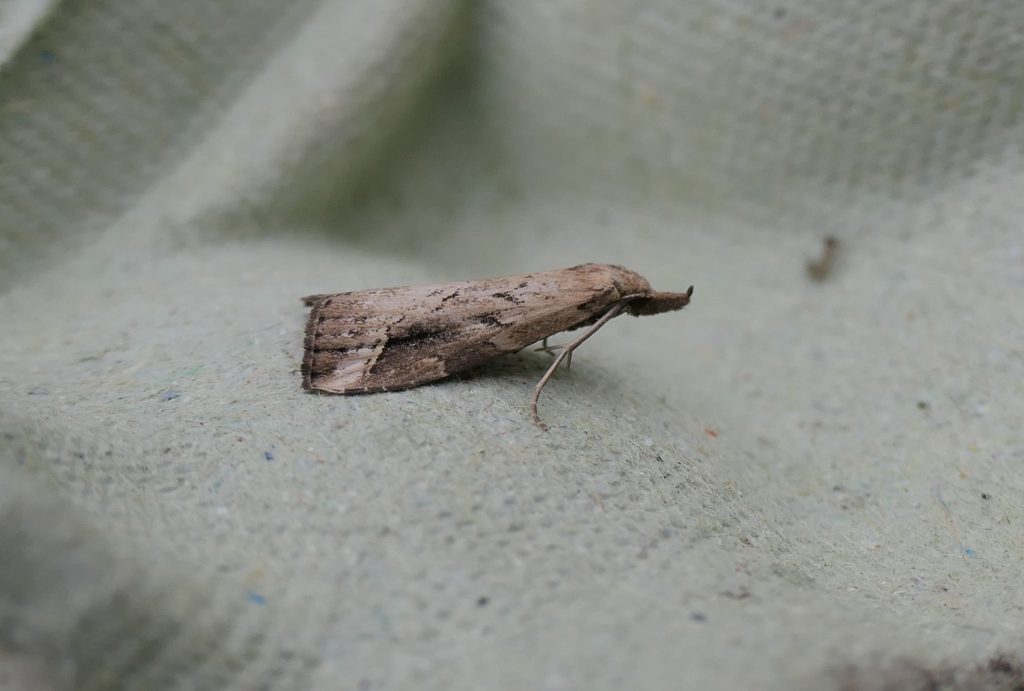
All photos J. Harding except where stated otherwise.

